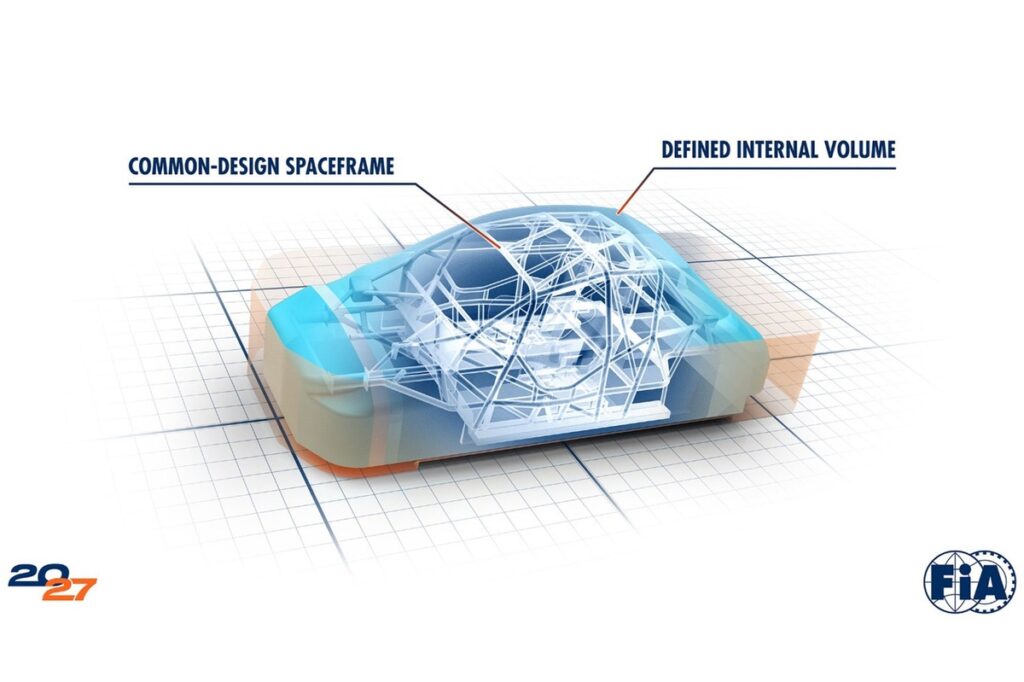Progress Toward the 2027 World Rally Championship Technical Regulations
The upcoming 2027 regulations for the World Rally Championship (WRC) are nearing their finalization, with the FIA having recently approved significant updates to the bodywork standards. These developments mark a pivotal step in shaping the future of rally racing, emphasizing innovation, sustainability, and competitive diversity.
Key Discussions and Recent Approvals
During Tuesday’s World Motor Sport Council meeting held in Macau, the focus was on refining the technical framework for 2027. The WRC’s governing body considered several proposals, including modifications to the initial guidelines introduced last December. Notably, the FIA has now ratified the revised bodywork specifications, which include provisions for sustainable materials, homologation processes, and the design parameters of internal volumes. These guidelines aim to balance regulation with creative freedom, allowing manufacturers and constructors to develop distinctive vehicle designs within a defined spatial zone.
Design Flexibility and Manufacturer Participation
A central feature of the new regulations is the allowance for diverse body styles to coexist on a common spaceframe chassis platform. This flexibility is intended to attract a broader spectrum of entrants, encouraging innovation and increasing competition. The regulations specify a designated volume where body panels must be positioned, but within this space, teams are free to experiment with various shapes and materials. This approach is expected to foster a new era of vehicle design, ranging from traditional hatchbacks to bespoke prototypes, all within the same regulatory framework.
Cost Cap and Powertrain Specifications
The 2027 vehicles are projected to adhere to a cost ceiling of €345,000, aligning with current budget constraints. While maintaining performance levels comparable to existing Rally1 cars, these new models will utilize Rally2 components and internal combustion engines. The chassis design process is open to both established engine manufacturers and tuners, with at least two teams actively developing prototypes. This openness aims to stimulate innovation and reduce entry barriers for new teams entering the championship.
Official Visuals and Regulatory Confirmations
As of June 10, the FIA confirmed the updated bodywork regulations, accompanied by a visual rendering of a 2027 chassis. An official statement from the FIA highlighted that these regulations are part of a broader strategy to usher in a new chapter for the WRC from 2027. The FIA emphasized that the guidelines are designed to incorporate flexibility without compromising performance, enabling a wide array of vehicle types to compete over the next decade.
“The upcoming regulations are a cornerstone of a new era for the FIA World Rally Championship,” the FIA release stated. “The rules establish a defined zone for body panels, but within this space, manufacturers can innovate freely. This approach ensures a diverse range of vehicles-from traditional rally cars to bespoke designs-can participate through 2037.”
Remaining Steps and Industry Reactions
While the core elements of the regulations are now approved, the final details are expected to be confirmed by the end of August. This tight schedule has raised concerns among teams, as chassis testing and crash simulations are already underway, with real-world crash tests scheduled for July and August. The rapid pace underscores the importance of timely finalization to ensure teams can prepare adequately for the new regulations.
Manufacturer Perspectives and Future Outlook
Hyundai Motorsport has been particularly vocal about the new rules, advocating for greater integration of road car technologies. The manufacturer envisions a future where the rally cars reflect more of the innovations seen in everyday vehicles. Currently, the regulations focus solely on internal combustion engines, but there is ongoing discussion about incorporating alternative powertrains in subsequent years.
Hyundai’s team principal, Cyril Abiteboul, expressed optimism but also emphasized the need for clarity. “We are still evaluating how these regulations will shape our strategy,” he stated. “Our goal is to build on our 13-year legacy in WRC, but with a direction that aligns better with our technological ambitions.”
Similarly, M-Sport’s team leader, Richard Millener, indicated that final decisions are still pending. “Most of the regulations are close to being finalized, but a few details remain to be resolved,” he explained. “We’re exploring possibilities that could enhance the sport’s future, but we need further clarity on the regulatory framework.”
Jari-Matti Latvala, Toyota’s team principal, provided a more optimistic outlook, noting that discussions with technical staff suggest the regulations are progressing in a positive direction. “From what I’ve heard, the approach seems balanced and promising,” he remarked.
Looking Ahead: The Road to 2027
The development of the 2027 regulations marks a significant milestone in rally racing, promising a more diverse and innovative field of vehicles. As the industry awaits the final regulatory details, teams continue to prepare through simulations and prototype testing. The coming months will be crucial in shaping the future landscape of the WRC, with the potential to redefine the sport’s technological and competitive standards.
Stay Informed on WRC Developments
To stay ahead of the curve and receive real-time updates on the latest in rally racing, subscribe to our newsletter. We bring you comprehensive coverage of regulatory changes, team strategies, and race results, ensuring you never miss a beat in the dynamic world of the World Rally Championship.

